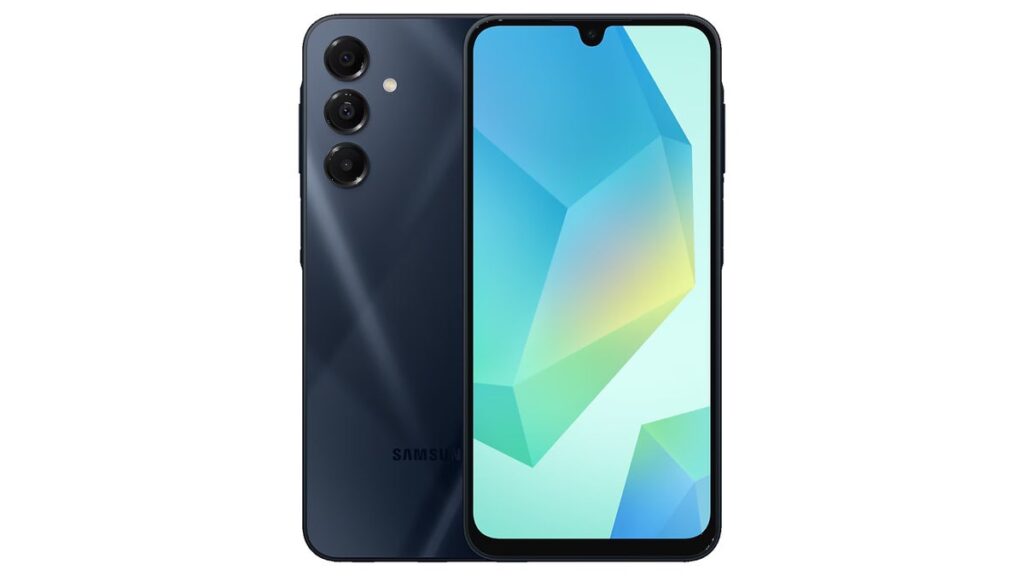Samsung Galaxy A16 5G | Image credit: Samsung
The newly introduced Galaxy A16 is the first non-flagship Samsung smartphone scheduled for six years of updates. The South Korean phone maker has quietly launched its affordable smartphone in the EU, but it’s safe to say it will be available worldwide. Apart from the fact that it comes with 6 years of software support, the Galaxy A16 and its 5G sibling are a bit more expensive, but not very noticeable. Still, its price of just 230 euros makes it a very attractive option for customers in the mid-range Android smartphone market. The phone is available in four colors: blue-black, gold, light gray, and light green.
Note that the Galaxy A16 5G is a little more expensive than its predecessor. The Galaxy A15 5G was priced at 200 euros at launch, but the new model includes some worthwhile upgrades.
Firstly, the newly launched Galaxy A16 5G sports a slightly larger 6.7-inch Super AMOLED display with FHD+ resolution and 90Hz refresh rate. In comparison, the Galaxy A15 5G has the same specs and a smaller 6.5-inch Super AMOLED display.
The European version of the Galaxy A16 5G is powered by Samsung’s Exynos 1330 processor, but we’ve seen another version featuring MediaTek’s Dimensity 6300 CPU listed on benchmark aggregators.
In any case, this is a small upgrade to the MediaTek Dimensity 6100+ chipset that comes with the Galaxy A15 5G. As for the cameras, there doesn’t seem to be any difference at all, as both phones come with the same triple camera setup (50 MP wide, 5 MP ultrawide, and 2 MP macro).


Samsung Galaxy A16 5G color options | Image credit: Samsung
The Galaxy A15 5G and A6 5G have one more thing in common: a 13-megapixel front-facing camera. The same goes for the 5,000mAh battery, which supports 25W wired charging.
Other highlights of the Galaxy A16 5G include a side-mounted fingerprint sensor, Bluetooth 5.3, IP54 certification, 4/128GB or 8/256GB RAM, microSD card slot (up to 1TB), and Android 14.
As mentioned earlier, the Galaxy A16 5G is the first non-flagship Samsung smartphone to receive software updates for the next six years. In contrast, Samsung’s 2024 flagships will receive seven years of updates.


